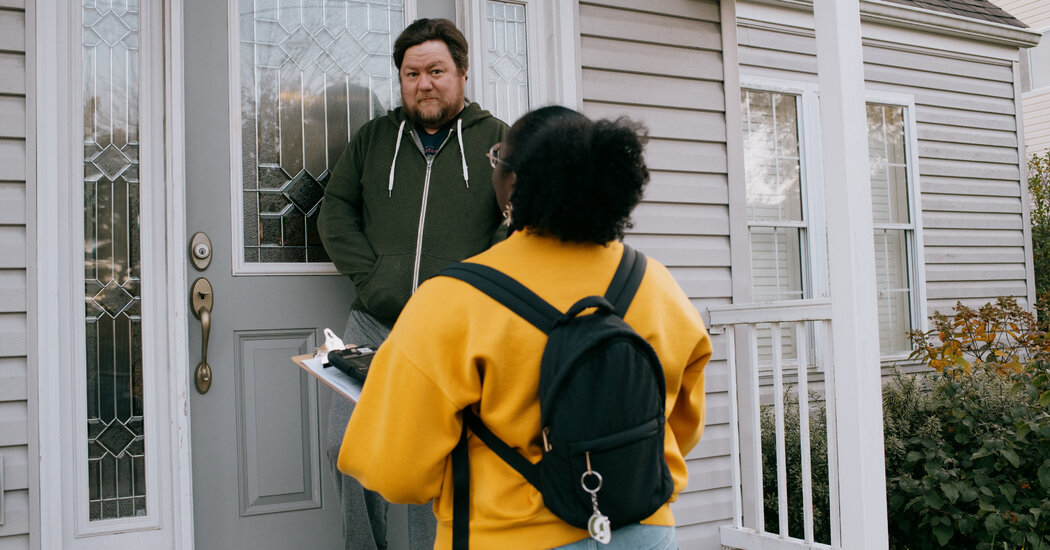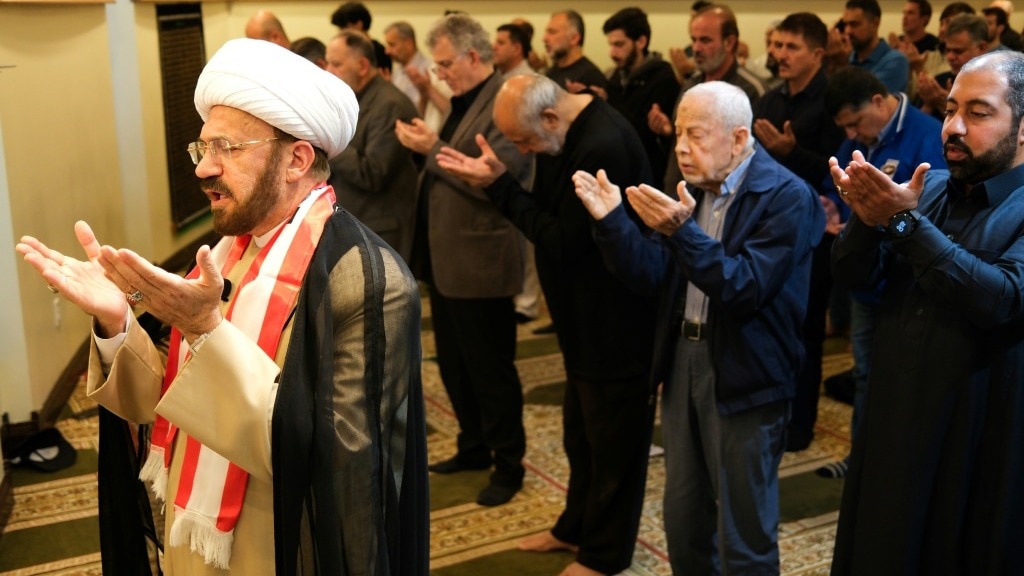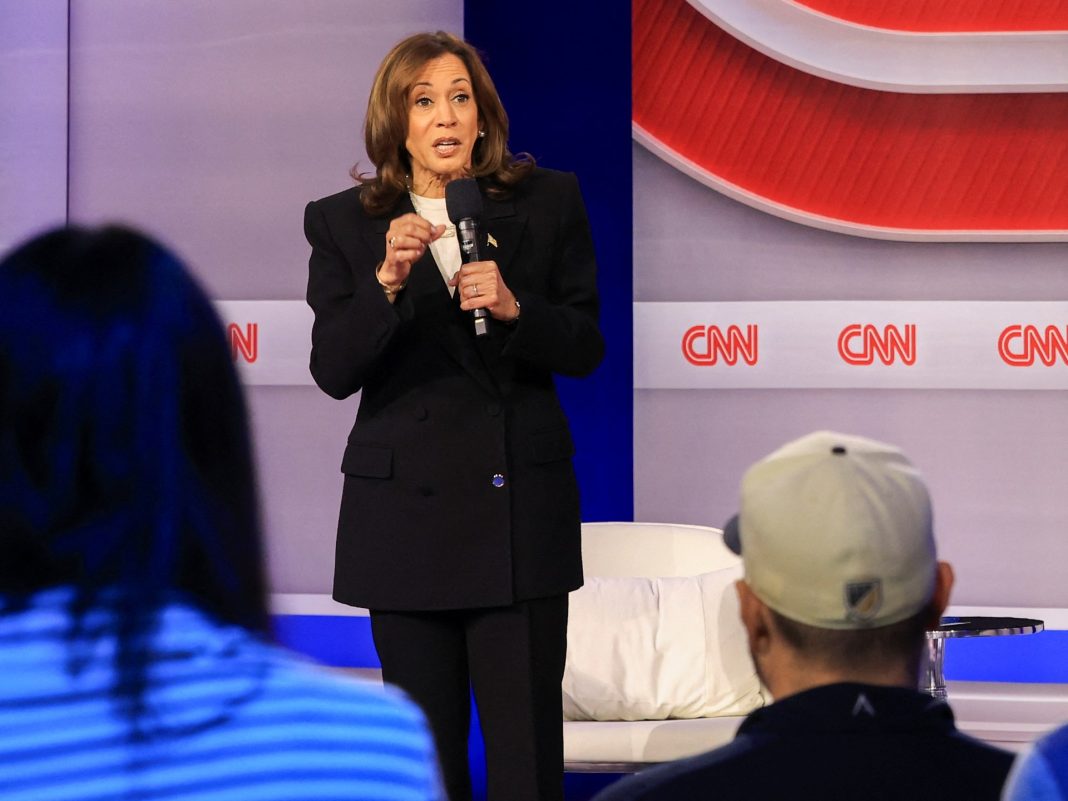Vice President Kamala Harris’s Allies Ramp Up Efforts to Win Over White Working-Class Voters
As the 2024 election approaches, Vice President Kamala Harris is facing a significant challenge: winning over white working-class voters, a demographic that has largely favored Donald Trump. With concerns over inflation, lingering resentment from past trade policies, and new controversies surrounding student-loan forgiveness, Harris’s team is mobilizing a late push to bridge the gap.
Organized labor, a crucial ally for Harris, is stepping up its game. Working America, a political affiliate of the A.F.L.-C.I.O. aimed at reaching nonunion workers, has deployed around 1,600 paid canvassers across key battleground states like Arizona, Georgia, Michigan, Pennsylvania, and Wisconsin. These canvassers are knocking on doors daily, hoping to sway voters and counter Trump’s stronghold among blue-collar workers. “We are the difference-makers in the election,” declared Liz Shuler, president of the A.F.L.-C.I.O., emphasizing the critical role labor unions play in shaping electoral outcomes.
However, the numbers tell a stark story. Recent polling from Pennsylvania reveals that while Harris leads Trump overall, she is trailing significantly among likely voters without a college degree. In fact, Trump enjoys a seven-point advantage in this group. The divide is even more pronounced among white voters without a college degree, where Trump leads Harris 58% to 40%. This demographic’s trust in Trump is evident, with 56% believing he would better support their interests compared to just 41% for Harris.
April Verrett, president of the Service Employees International Union, pointed out that while there’s concern about a slight decline in support from Black men, the real issue lies in the broader struggle to connect with white working-class voters. This demographic has historically been a challenge for Democrats, and the current economic climate only exacerbates the situation.
The skepticism surrounding Harris is rooted in a complex mix of economic anxieties and cultural divides. Many white working-class voters feel left behind by policies that they perceive as favoring urban elites or college-educated individuals. The lingering effects of free trade agreements, which some blame for job losses in manufacturing, add to the distrust. Moreover, the recent student-loan forgiveness initiatives have sparked new grievances, with many blue-collar workers questioning why they should support policies that seem to benefit a different demographic.
As the campaign heats up, Harris’s allies in organized labor are determined to change the narrative. They believe that through grassroots efforts and direct engagement, they can demonstrate to these voters that the Democratic Party is committed to their needs and concerns. The stakes are high, and with Trump’s continued popularity among this group, every door knocked and every conversation held could be pivotal in shaping the election’s outcome.
In the coming weeks, expect to see more of these labor-driven initiatives aimed at connecting with white working-class voters. The challenge is significant, but with organized labor’s backing, Harris’s team is hoping to turn the tide and secure a crucial voting bloc that could make all the difference in the 2024 election.



